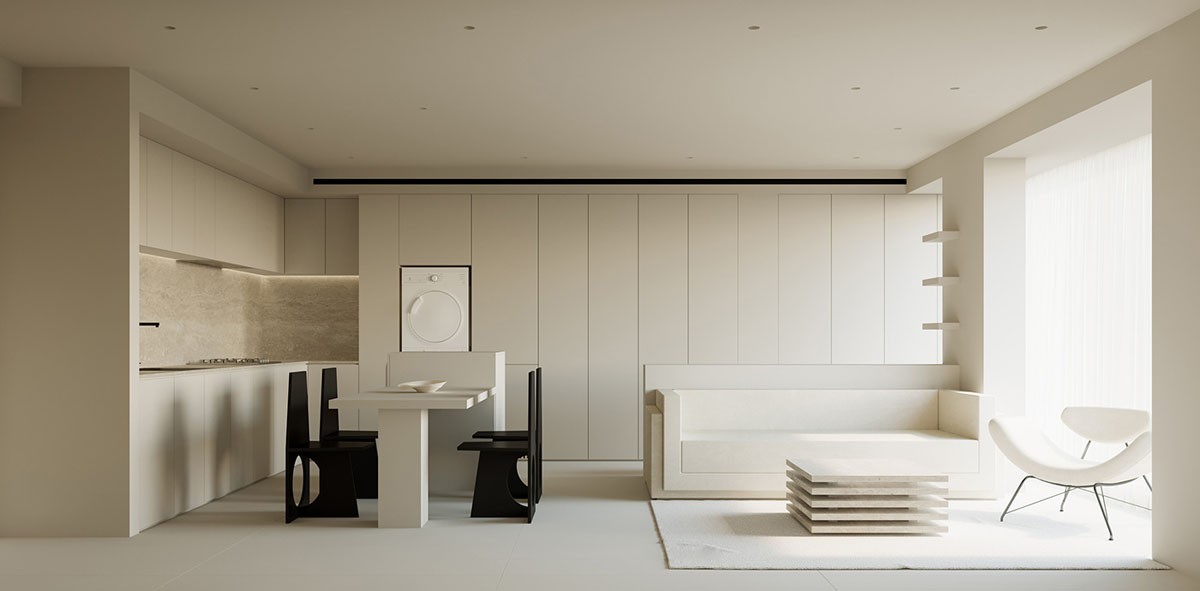Trampoline as a Bed: A Unique and Comfortable Option
Introduction
What if you could sleep on a trampoline every night? It may sound crazy, but some people have traded traditional mattresses for the bouncy surface of a trampoline. In recent years, trampoline beds have become a popular trend among those seeking a unique and comfortable sleeping experience. This unconventional choice offers a range of benefits, including improved circulation, joint pain relief, and stress reduction. But before you jump on the bandwagon, there are a few things you should consider.
Pros of Sleeping on a Trampoline Bed
Improved Circulation
Sleeping on a trampoline can help improve your circulation. The bouncing motion of the trampoline encourages blood flow and helps oxygen circulate more efficiently throughout your body. This can be particularly beneficial for individuals who suffer from conditions that affect circulation, such as varicose veins or deep vein thrombosis. Improved circulation can also lead to better sleep, as it helps regulate body temperature and promote relaxation.
Joint Pain Relief
The bouncing surface of a trampoline can provide relief for joint pain. When you bounce, the springy surface absorbs shock and takes pressure off of your joints. This can be particularly beneficial for individuals with joint conditions such as arthritis or fibromyalgia. Sleeping on a trampoline can also help improve your posture, which can further reduce joint pain.
Stress Reduction
The gentle bouncing motion of a trampoline can help alleviate stress and anxiety. The repetitive motion can be calming and meditative, helping you relax and unwind after a long day. Additionally, bouncing on a trampoline can stimulate the release of endorphins, which can help boost your mood and reduce stress levels.
Cons of Sleeping on a Trampoline Bed
Increased Risk of Injury
While sleeping on a trampoline may be comfortable for some, it can also be dangerous. There is an increased risk of injury due to the uneven and bouncy surface of the trampoline. If you move around in your sleep or fall off the trampoline, you could potentially injure yourself. Additionally, bouncing on a trampoline can be particularly dangerous for young children, who may not have the coordination or balance to use the trampoline safely.
Noisy Environment
Sleeping on a trampoline can create a noisy environment. The bouncing surface can squeak, and the movement can disturb others who are sleeping in the same room. If you have a partner or roommate, they may find it difficult to sleep while you are bouncing on the trampoline.
Less Supportive Than Traditional Mattresses
Trampoline beds are generally less supportive than traditional mattresses. The bouncy surface can be comfortable, but it may not provide the same level of support as a firm mattress. This can be a problem for individuals with back pain or other muscular or skeletal conditions that require additional support.
FAQs
Is it safe to sleep on a trampoline bed?
While sleeping on a trampoline bed may be comfortable for some, it can also be dangerous. There is an increased risk of injury due to the uneven and bouncy surface of the trampoline. If you move around in your sleep or fall off the trampoline, you could potentially injure yourself. Additionally, bouncing on a trampoline can be particularly dangerous for young children, who may not have the coordination or balance to use the trampoline safely.
Will a trampoline bed improve my sleep?
Sleeping on a trampoline can help improve your circulation, relieve joint pain, and reduce stress levels. However, trampoline beds are generally less supportive than traditional mattresses. The bouncy surface can be comfortable, but it may not provide the same level of support as a firm mattress. This can be a problem for individuals with back pain or other muscular or skeletal conditions that require additional support.
What should I consider before purchasing a trampoline bed?
Before purchasing a trampoline bed, you should consider your sleeping habits, any existing medical conditions, and your personal preferences. Trampoline beds may not be suitable for individuals with back pain or joint conditions that require additional support. Additionally, trampoline beds can be noisy and may disturb others who are sleeping in the same room.
Can children sleep on trampoline beds?
Trampoline beds can be particularly dangerous for young children, who may not have the coordination or balance to use the trampoline safely. Children should not be allowed to sleep on trampoline beds, and they should always be supervised while playing on a trampoline.
Are trampoline beds suitable for all sleeping positions?
Trampoline beds may not be suitable for all sleeping positions. The bouncy surface may be more comfortable for individuals who sleep on their back or stomach, as opposed to their side. Additionally, the lack of support may make it difficult for individuals with back pain to sleep comfortably on a trampoline bed.
How do I care for my trampoline bed?
Trampoline beds require regular maintenance to ensure they remain clean and safe for use. You should regularly clean the trampoline surface with a mild detergent and water, and inspect the frame and springs for any signs of wear or damage. Additionally, you should avoid using the trampoline bed for any activities other than sleeping, as this can increase the risk of injury.



